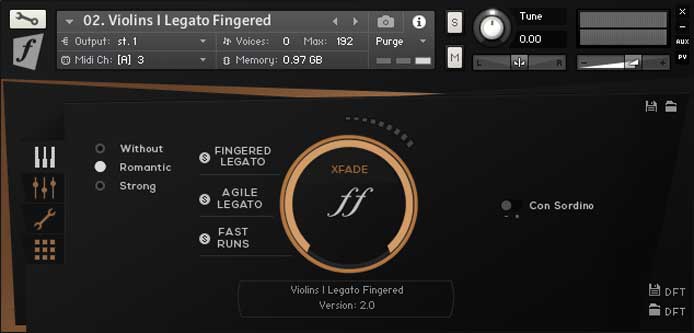Introduction: An Overview of Virtual Instruments
Virtual instruments have revolutionized the world of composing by providing composers with powerful tools to create, mix and manipulate musical sounds electronically. These software-based synthesizers and samplers empower today’s musicians to explore countless sonic possibilities, ranging from realistic emulations of traditional acoustic instruments to innovative hybrid sounds that blend multiple sources.
The History Behind Virtual Instruments
The development of virtual instruments can be traced back to the invention of the first electronic synthesizer in the 1950s. Pioneered by Robert Moog and Don Buchla, early analog synthesizers brought synthesizing capabilities and other effects to composers and performers alike. Despite their innovative depth, these initial synthesizers had a steep learning curve for users and lacked versatility.
As time progressed and digital technology advanced, so did the potential for more versatile synthesizers. In the mid-1980s, General MIDI provided a standardized set of 128 instrument sounds and levelled the playing field, which led to faster adoption of digital audio workstations (DAWs). Soon after, software developers began creating plugins that eventually gave birth to the modern virtual instrument.
Applications in Music Production
Virtual instruments are now widely used across various genres in music production because they offer a vast array of sounds that can be customized as needed. They can be used in film or game scoring, pop music creation or even experimental sound design – offering musicians endless opportunities for creative expression.
The Pros and Cons
Pros:
1. Cost-Effective – Virtual instruments require a computer or mobile device rather than extensive hardware setups, making them affordable compared to acoustic instruments.
2. Versatility – A single computer with a DAW can house numerous virtual instruments, allowing composers to experiment with infinite sonic possibilities.
3. Portability – Musicians can access their favourite virtual instruments on laptops or smart devices while travelling or performing live.
4. Accessibility – Users can easily collaborate and share their projects with others, allowing them to work from anywhere at any time.
Cons:
1. Learning Curve – Some virtual instruments come with advanced features that require significant practice before mastery.
2. Dependency on Technology – Virtual instruments require a computer or smart device for operation, which may prove limiting in case of a technical failure.
3. Limited Audio Realism – Though technology has advanced, some virtual instruments still lack the expressivity and nuance of live acoustic instruments.
The Future Outlook of Virtual Instruments
The future of virtual instruments is looking brighter than ever as new technologies emerge and further advancements take place. Technologies such as artificial intelligence (AI) and machine learning are expected to revolutionize how virtual instruments are designed, providing users with even more realistic sounds and enhanced capabilities. As musicians’ needs expand, developers will also continue to innovate and create new tools to help them fully realize their musical vision.
In summary, virtual instruments have come a long way since their inception and are now an essential tool for music composers in the modern era. With their cost effectiveness, versatility and continued improvements, virtual instruments continue to shape the landscape of musical composition and introduce exciting possibilities for the future.




